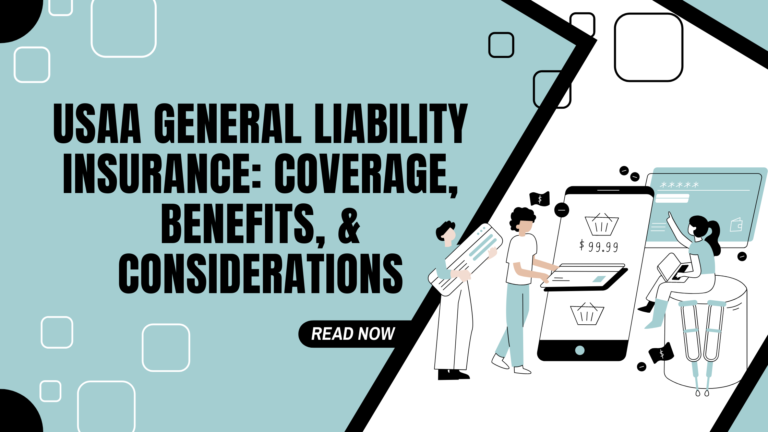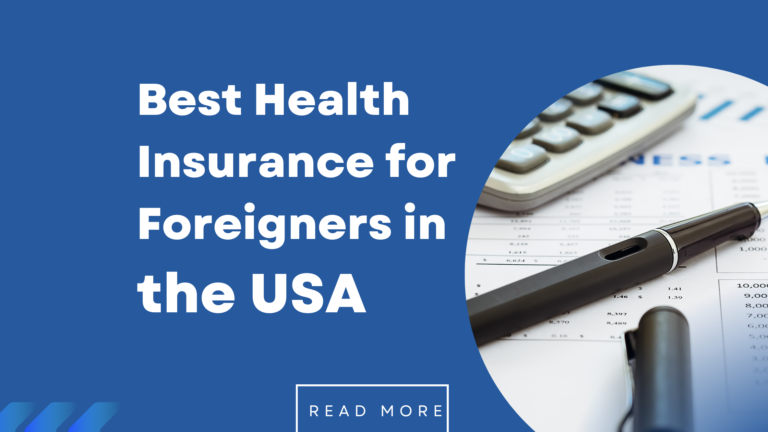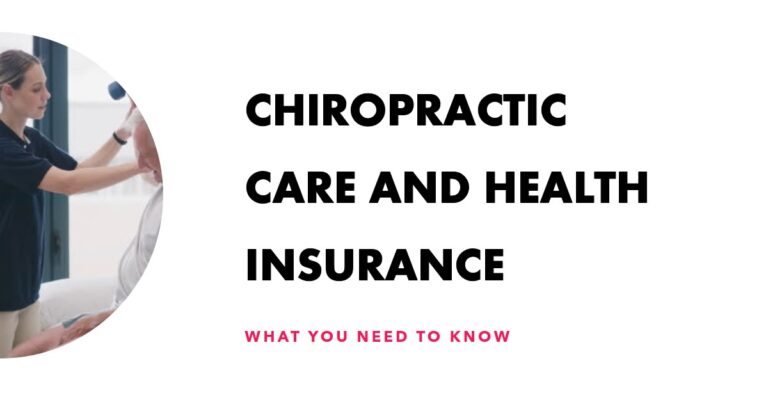Types-of-Health-Insurance
Health insurance can be a complex topic, but understanding the different types available is crucial for making informed decisions about your health and financial well-being. This article will explore various health insurance plans, detailing their benefits and differences. By the end, you’ll have a clear picture of which type of health insurance might be best for you. This guide aims to help you navigate the often confusing landscape of health insurance, making it easier to select the plan that suits your needs.
The Basics of Health Insurance: An Overview
Health insurance helps cover medical expenses, ensuring you get the necessary care without a hefty financial burden. Policies vary widely in terms of coverage, cost, and flexibility. Understanding these basics sets the foundation for choosing the right plan. Generally, health insurance plans cover hospital stays, doctor visits, prescription drugs, and preventive services. Knowing what each plan offers can help you avoid unexpected costs and ensure you have access to necessary medical care.
Employer-Sponsored Health Insurance: What You Need to Know
Employer-sponsored health insurance is one of the most common types of coverage. Employers typically cover a significant portion of the premium, making it more affordable for employees. This plan often includes various benefits, such as medical, dental, and vision coverage. Additionally, employer-sponsored plans usually offer lower deductibles and out-of-pocket costs than individual plans. These plans are advantageous because they provide extensive coverage options and often include wellness programs to improve employee health and reduce healthcare costs.
Individual Health Insurance Plans: Freedom and Flexibility
Individual health insurance plans are purchased by individuals rather than through an employer. These plans offer greater flexibility in terms of coverage options and are ideal for those who are self-employed, unemployed, or whose employers do not provide health benefits. With individual plans, you can choose the coverage level that suits your specific needs. This includes selecting your healthcare providers and tailoring the plan to cover your most essential health services.
Family Health Insurance Plans: Protecting Your Loved Ones
Family health insurance plans cover the policyholder and their immediate family members. These plans are designed to provide comprehensive coverage for everyone in the household, ensuring all members have access to necessary medical care. Family plans can be more cost-effective than purchasing individual plans for each member. They typically offer a range of services, including maternity care, pediatric care, and preventive services, which are essential for maintaining the health and well-being of your family.
Short-Term Health Insurance: Bridging the Gap
Short-term health insurance plans are designed to provide temporary coverage during transitions, such as between jobs or after graduation. While they are generally less expensive, they offer limited benefits and may not cover pre-existing conditions. These plans can be an excellent stop-gap solution, providing essential coverage while you secure a long-term health insurance plan. However, it’s important to understand their limitations, as they often do not cover essential health benefits mandated by the Affordable Care Act (ACA).
Catastrophic Health Insurance: Safety Net for Emergencies
Catastrophic health insurance is designed for worst-case scenarios, covering severe health events that could lead to substantial medical expenses. These plans usually have lower premiums but higher deductibles, making them suitable for healthy individuals seeking emergency coverage. Catastrophic plans appeal to young, healthy individuals who want a safety net for unexpected, high-cost medical emergencies while maintaining low monthly premiums. However, routine care and prescription drugs are typically not covered until the high deductible is met.
High-Deductible Health Plans (HDHPs): Pros and Cons
High-Deductible Health Plans (HDHPs) come with higher deductibles and lower premiums. They are often paired with Health Savings Accounts (HSAs), allowing you to save money tax-free for medical expenses. However, the high deductible means paying more out-of-pocket before insurance kicks in. HDHPs can be a good choice for those who do not expect frequent medical expenses and want to save on premiums while still having coverage for major health events. It’s essential to weigh the potential savings against the risk of higher out-of-pocket costs.
Health Savings Accounts (HSAs): A Companion to HDHPs
Health Savings Accounts (HSAs) are used with HDHPs to pay for qualifying medical expenses. Contributions are tax-deductible, and funds can be withdrawn tax-free for medical costs, providing a financial safety net for high-deductible plans. HSAs offer a triple tax advantage: contributions are tax-deductible, earnings grow tax-free, and withdrawals for qualified medical expenses are tax-free. This makes them a valuable tool for managing healthcare costs and saving for future medical expenses.
Preferred Provider Organization (PPO) Plans: Flexibility in Choosing Providers
Preferred Provider Organization (PPO) plans offer a network of preferred providers but allow you to see doctors outside the network, typically at a higher cost. This flexibility makes PPOs popular among those who want more freedom in choosing healthcare providers. PPO plans generally have higher premiums than HMOs but offer more choices and do not require referrals to see specialists. This can particularly benefit individuals with specific health conditions requiring specialized care.
Health Maintenance Organization (HMO) Plans: Focused on Preventative Care
Health Maintenance Organization (HMO) plans require members to choose a primary care physician and get referrals to see specialists. These plans emphasize preventative care and are generally more affordable but offer less flexibility in choosing providers. HMO plans often have lower premiums and out-of-pocket costs, making them cost-effective for those willing to work within a network of providers. The focus on preventative care aims to reduce overall healthcare costs by keeping members healthy and catching health issues early.
Exclusive Provider Organization (EPO) Plans: A Middle Ground
Exclusive Provider Organization (EPO) plans to combine elements of HMO and PPO plans. While they offer a network of providers and don’t require referrals, coverage is limited to in-network providers except in emergencies. This balance provides moderate flexibility and cost. EPO plans can be a good option for those who want more freedom than an HMO offers but are willing to accept the restriction of using in-network providers to keep costs down.
Point of Service (POS) Plans: Best of Both Worlds?
Point of Service (POS) plans blend features of HMO and PPO plans. Members choose a primary care physician and need referrals for specialists but can also seek out-of-network care at a higher cost. POS plans compromise price and flexibility, providing a balance that suits various healthcare needs. They often have lower out-of-pocket costs for in-network services and can see out-of-network providers when necessary.
Medicare: Health Insurance for Seniors and Disabled
Medicare is a federal program that provides health insurance to people aged 65 and older and to some younger individuals with disabilities. It covers hospital care, medical services, and prescription drugs, helping seniors and disabled individuals manage healthcare costs. Medicare is divided into different parts: Part A (hospital insurance), Part B (medical insurance), Part C (Medicare Advantage Plans), and Part D (prescription drug coverage). Understanding these parts helps beneficiaries choose the coverage that best meets their needs.
Medicaid: Assistance for Low-Income Individuals and Families
Medicaid is a state and federal program offering health coverage to low-income individuals and families. Eligibility and benefits vary by state, but the program ensures access to essential healthcare services for those who might otherwise go uninsured. Medicaid covers many services, including hospital and doctor visits, long-term care, and preventive services. The program is crucial for providing healthcare to vulnerable populations, including children, pregnant women, elderly adults, and individuals with disabilities.
Children’s Health Insurance Program (CHIP): Coverage for Kids
The Children’s Health Insurance Program (CHIP) provides low-cost health coverage to children in families who earn too much to qualify for Medicaid but cannot afford private insurance. CHIP covers routine check-ups, immunizations, and more. The program aims to ensure children access comprehensive healthcare, supporting their growth and development. CHIP benefits include dental and vision care coverage, which is essential for maintaining overall health.
Marketplace Health Insurance Plans: Options Under the Affordable Care Act
The Health Insurance Marketplace, established by the Affordable Care Act (ACA), offers a variety of plans for individuals and families. These plans are categorized by metal tiers (Bronze, Silver, Gold, Platinum) based on coverage level and cost, providing options for different needs and budgets. Marketplace plans must cover essential health benefits, including hospitalization, prescription drugs, and preventive services. The ACA also offers subsidies to help lower-income individuals and families afford coverage, making healthcare more accessible.
Health Insurance for Self-Employed Individuals: Tailored Solutions
Self-employed individuals can find tailored health insurance plans through the Marketplace or private insurers. These plans offer flexibility and options to fit varying incomes and healthcare needs, ensuring that entrepreneurs and freelancers can access essential coverage. Self-employed individuals can also deduct health insurance premiums on their tax returns, providing additional financial relief. It’s necessary to compare plans and consider coverage options, premiums, and out-of-pocket costs.
International Health Insurance: Coverage Beyond Borders
International health insurance provides coverage for individuals living or travelling abroad. These plans offer comprehensive benefits, including emergency medical evacuation and repatriation, ensuring that expatriates and frequent travellers are protected worldwide. International health insurance is essential for those spending extended periods outside their home country, as it provides access to quality healthcare and financial protection in emergencies. Policies can be tailored to cover specific regions and include additional benefits such as mental health services and maternity care.
Student Health Insurance: Affordable Options for Young Adults
Student health insurance plans are designed for college students, offering affordable coverage for medical care, mental health services, and more. Many universities provide their plans, or students can opt for individual plans through the Marketplace. These plans often include preventive services, emergency care, and coverage for on-campus
health services. Student health insurance is crucial for ensuring young adults access necessary healthcare while pursuing their education.
Comparing Health Insurance Types: Factors to Consider
When comparing health insurance types, consider cost, coverage, flexibility, and specific health needs. Understanding the pros and cons of each plan helps you make an informed decision that aligns with your personal and financial circumstances. Factors to consider include monthly premiums, deductibles, out-of-pocket maximums, and coverage for specific services. It’s also important to consider the network of providers and whether you prefer the flexibility to see out-of-network doctors.
Conclusion: Choosing the Right Health Insurance for Your Needs
Choosing the right health insurance involves evaluating your healthcare needs, budget, and preferences. Understanding the differences between various plans allows you to select the coverage that best protects your health and financial future. Take the time to research and compare plans, and consider speaking with a licensed insurance agent or broker to get personalized advice. Remember that the right health insurance plan can provide peace of mind and financial security, ensuring you and your loved ones have access to quality healthcare when needed.
FAQs
What is the difference between HMO and PPO plans?
HMO plans require you to choose a primary care physician and get referrals for specialists. In contrast, PPO plans offer more flexibility in seeing providers in and out of the network without referrals. HMOs typically have lower premiums and out-of-pocket costs, while PPOs provide more choice and convenience.
Can I switch from one type of health insurance to another?
Yes, You can switch health insurance plans during open enrollment or if you experience a qualifying life event. Reviewing your current plan and comparing it with other options is vital to ensure you get the best coverage for your needs.
Are short-term health insurance plans a good option?
Short-term health insurance plans can be an excellent temporary solution but often have limited coverage and may not cover pre-existing conditions. They are best used as a stop-gap measure while transitioning between long-term plans or during periods of unemployment.
What is a high-deductible health plan?
A high-deductible health plan (HDHP) has higher out-of-pocket costs before insurance coverage begins but typically comes with lower premiums and can be paired with a Health Savings Account (HSA). HDHPs are suitable for individuals who want to save on premiums and have a financial cushion to cover the higher deductible.
Is Medicare available to everyone?
Medicare is available to individuals aged 65 and older and some younger individuals with disabilities. Eligibility and coverage details can be complex, so reviewing the different parts of Medicare and choosing the plan that best meets your needs is essential.
How does Medicaid differ from Medicare?
Medicaid is a state and federal program that provides health coverage to low-income individuals and families. At the same time, Medicare is a federal program for seniors and certain younger individuals with disabilities. Medicaid eligibility and benefits vary by state, whereas Medicare has standardized national benefits.
What are the benefits of a Health Savings Account (HSA)?
Health Savings Accounts (HSAs) offer tax advantages, including tax-deductible contributions, tax-free earnings growth, and tax-free withdrawals for qualified medical expenses. HSAs can be a valuable tool for saving for future healthcare costs and managing expenses under a high-deductible health plan.
Can self-employed individuals get health insurance?
Yes, self-employed individuals can get health insurance through the Marketplace or private insurers. These plans offer a range of options to fit different incomes and healthcare needs. Self-employed individuals can also deduct health insurance premiums on their tax returns.
What should I consider when choosing a health insurance plan?
When choosing a health insurance plan, consider factors such as monthly premiums, deductibles, out-of-pocket maximums, coverage for specific services, and the network of providers. It’s important to balance cost with coverage to ensure you get the best value and protection for your healthcare needs.
How do international health insurance plans work?
International health insurance plans provide coverage for individuals living or travelling abroad. These plans offer comprehensive benefits, including emergency medical evacuation and repatriation, ensuring that expatriates and frequent travellers are protected worldwide. Coverage can be tailored to specific regions, including additional benefits such as mental health services and maternity care.






